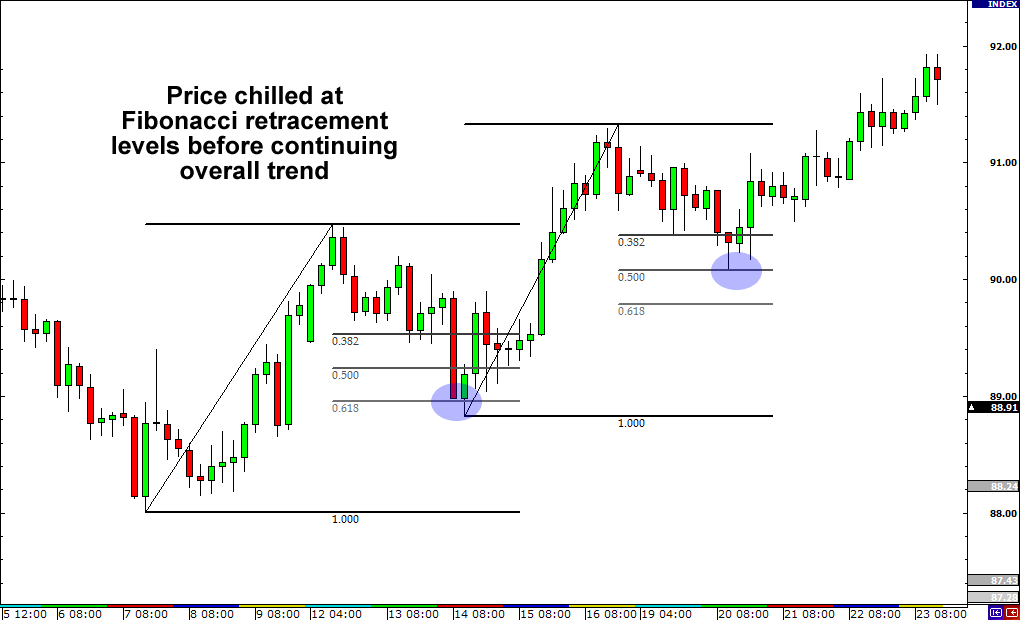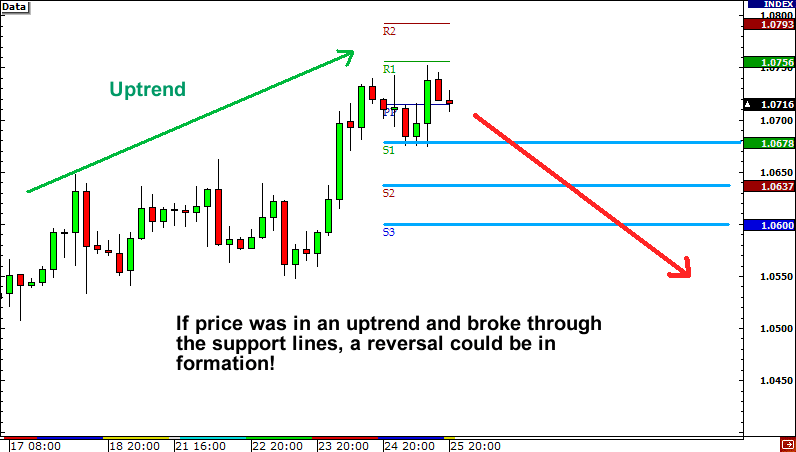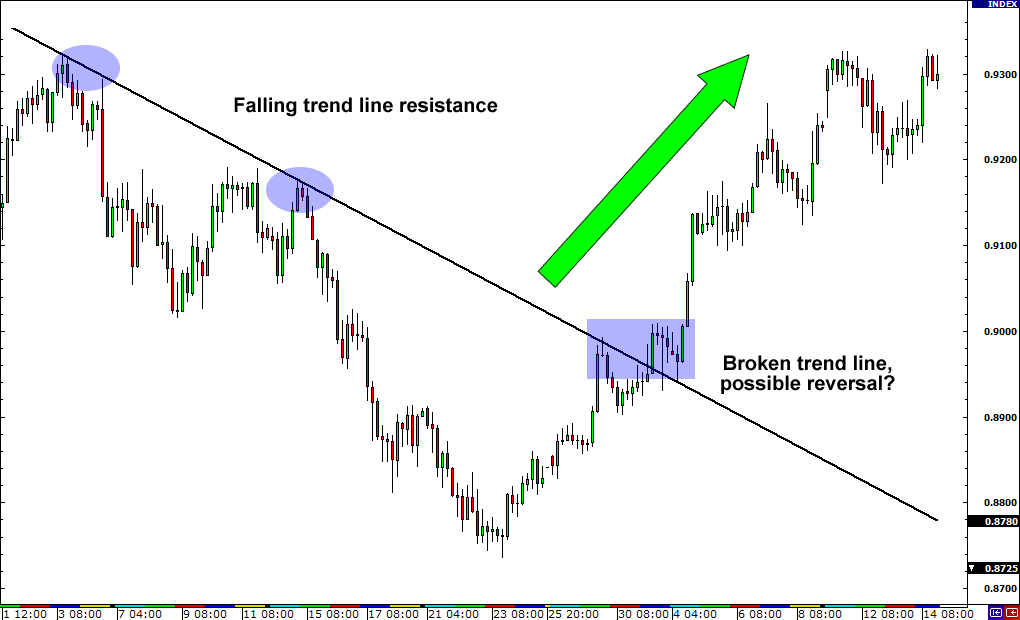Properly distinguishing between retracements and reversals can reduce the number of losing trades and even set you up with some winning trades.
Classifying a price movement as a retracement or a reversal is very important. It’s up there with paying taxes. *cough*
There are several key differences in distinguishing a temporary price change retracement from a long-term trend reversal.Here they are:
| Retracements | Reversals |
|---|---|
| Usually occurs after huge directional price movements. | Can occur at any time. |
| Short-term, short-lived reversal. | Long-term price movement |
| Fundamentals (i.e., the macroeconomic environment) do NOT change. | Fundamentals DO change, which is usually the catalyst for the long-term reversal. |
| In an uptrend, buying interest is present, making it likely for the price to rally. In a downtrend, selling interest is present, making it likely for the price to decline. | In an uptrend, there is very little buying interest forcing the price to fall lower. In a downtrend, there is very little selling interest forcing the price to rise further. |
Identifying Retracements
Method #1: Fibonacci Retracement
A popular way to identify retracements is to use Fibonacci levels.
For the most part, price retracements hang around the 38.2%, 50.0% and 61.8% Fibonacci retracement levels before continuing the overall trend.If the price goes beyond these levels, it may signal that a reversal is happening. Notice how we didn’t say will.
As you may have figured out by now, technical analysis isn’t an exact science, which means nothing certain, especially in forex markets.
In this case, the price took a breather and rested at the 61.8% Fibonacci retracement level before resuming the uptrend.
After a while, it pulled back again and settled at the 50% retracement level before heading higher.
Method #2: Pivot Points
Another way to see if the price is staging a reversal is to use pivot points.
In an UPTREND, traders will look at the lower support points (S1, S2, S3) and wait for it to break.In a DOWNTREND, forex traders will look at the higher resistance points (R1, R2, R3) and wait for it to break.
If broken, a reversal could be in the making! For more information or another refresher, check out the Pivot Points lesson!
Method #3: Trend Lines
The last method is to use trend lines. When a major trend line is broken, a reversal may be in effect.
By using this technical tool in conjunction with candlestick chart patterns discussed earlier, a forex trader may be able to get a high probability of a reversal.
While these methods can identify reversals, they aren’t the only way. At the end of the day, nothing can substitute for practice and experience.
With enough screen time, you can find a method that suits your forex trading personality in identifying retracements and reversals.





















